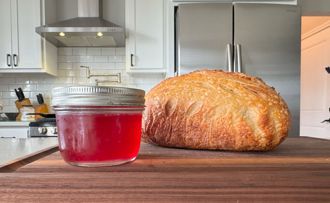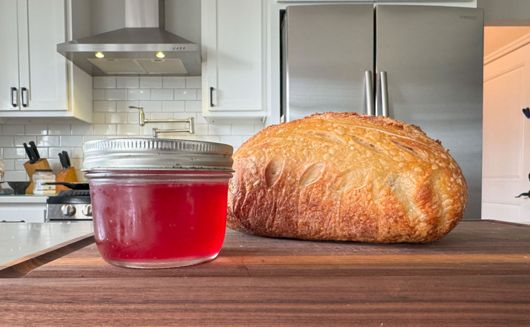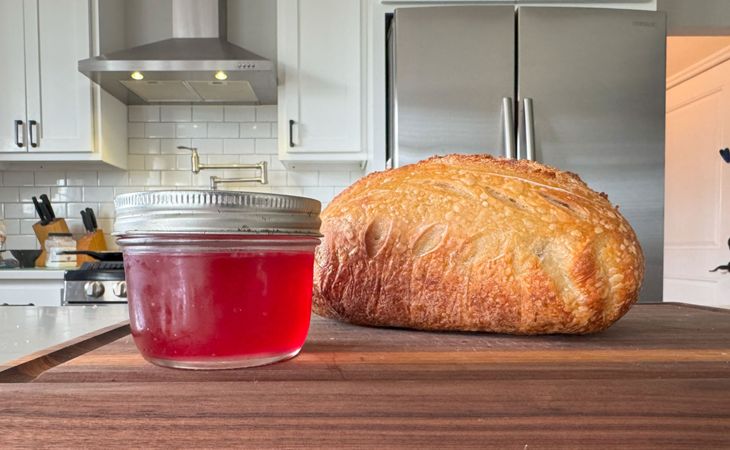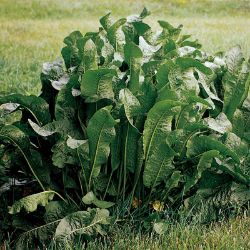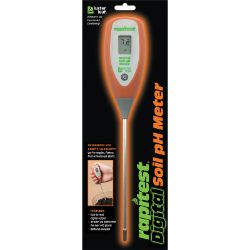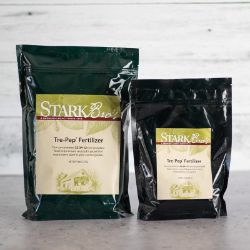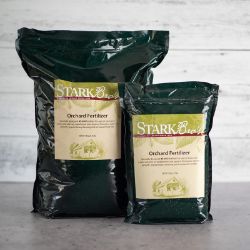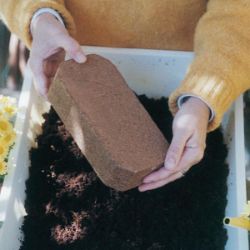Pest & Disease Control for Horseradish Plants
Every plant has the future potential for disease and insect damage. Factors such as location and weather will play a part in which issues your plants encounters. If available, disease-resistant varieties are the best option for easy care; and for all types of plants, proper maintenance (such as watering, pruning, spraying, weeding, and cleanup) can help keep most insects and diseases at bay.
NOTE: This is part 7 in a series of 11 articles. For a complete background on how to grow horseradish plants, we recommend starting from the beginning.
Imported Crucifer Weevil
Adults are metallic blue black and about 1/10 inch long. White grub like larvae tunnel into the roots and reduce both quality and yield. Eggs overwinter in unharvested roots.
Chemical Control
- GardenTech® Sevin® Concentrate Bug Killer
Horseradish Flea Beetle
Flea beetles are very small, less than 1/8 inch long and feed on the leaf tissue.
Chemical Control
- GardenTech® Sevin® Concentrate Bug Killer
White Rust
Appears first as small chlorotic areas on the leaves, then white pustules appear within the areas.
Natural Control
- Disease free plants
Other Control Options
- Consult County Extension Agent
Bacterial Leaf Spot
First appears as small dark green, translucent spots that later enlarge and turn black. Usually scattered over the entire surface of the leaf.
Natural Control
- Disease free plants
Other Control Options
- Consult County Extension Agent
Turnip Mosaic Virus
Symptoms are ring spots and mosaic or mottling on the leaves. On the leaf stalk black streaks could appear.
Natural Control
- Plant virus free plants.
Other Control Options
- Consult County Extension Agent

